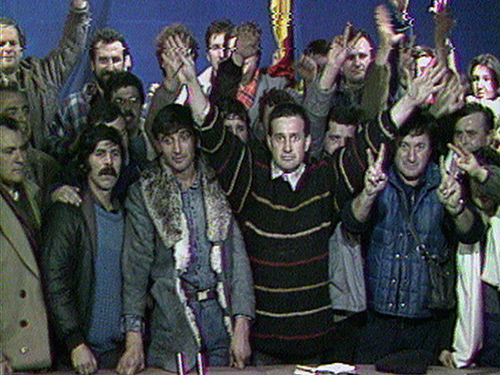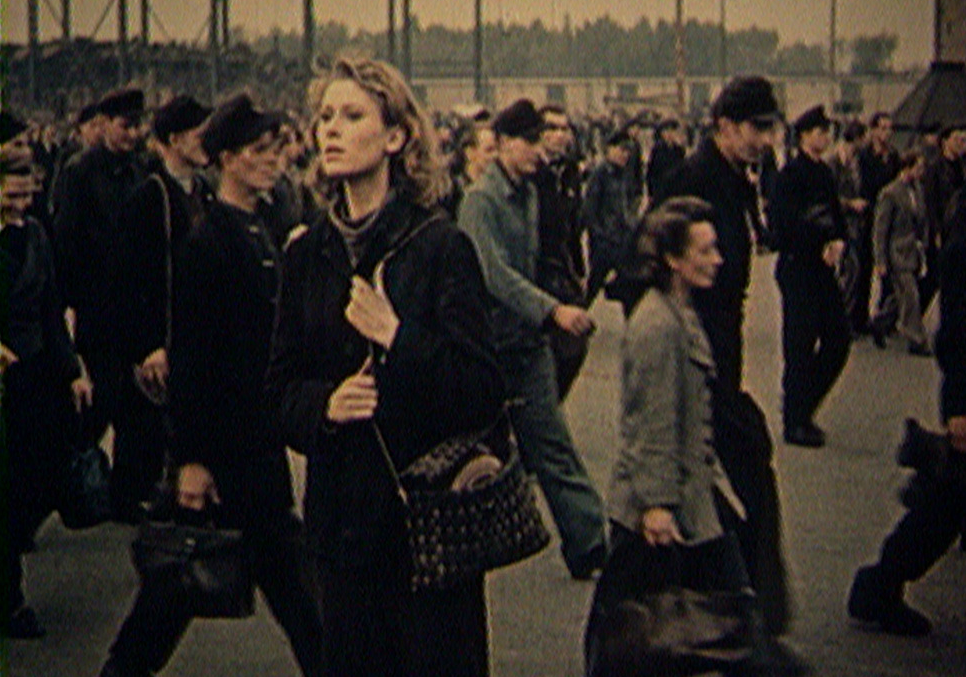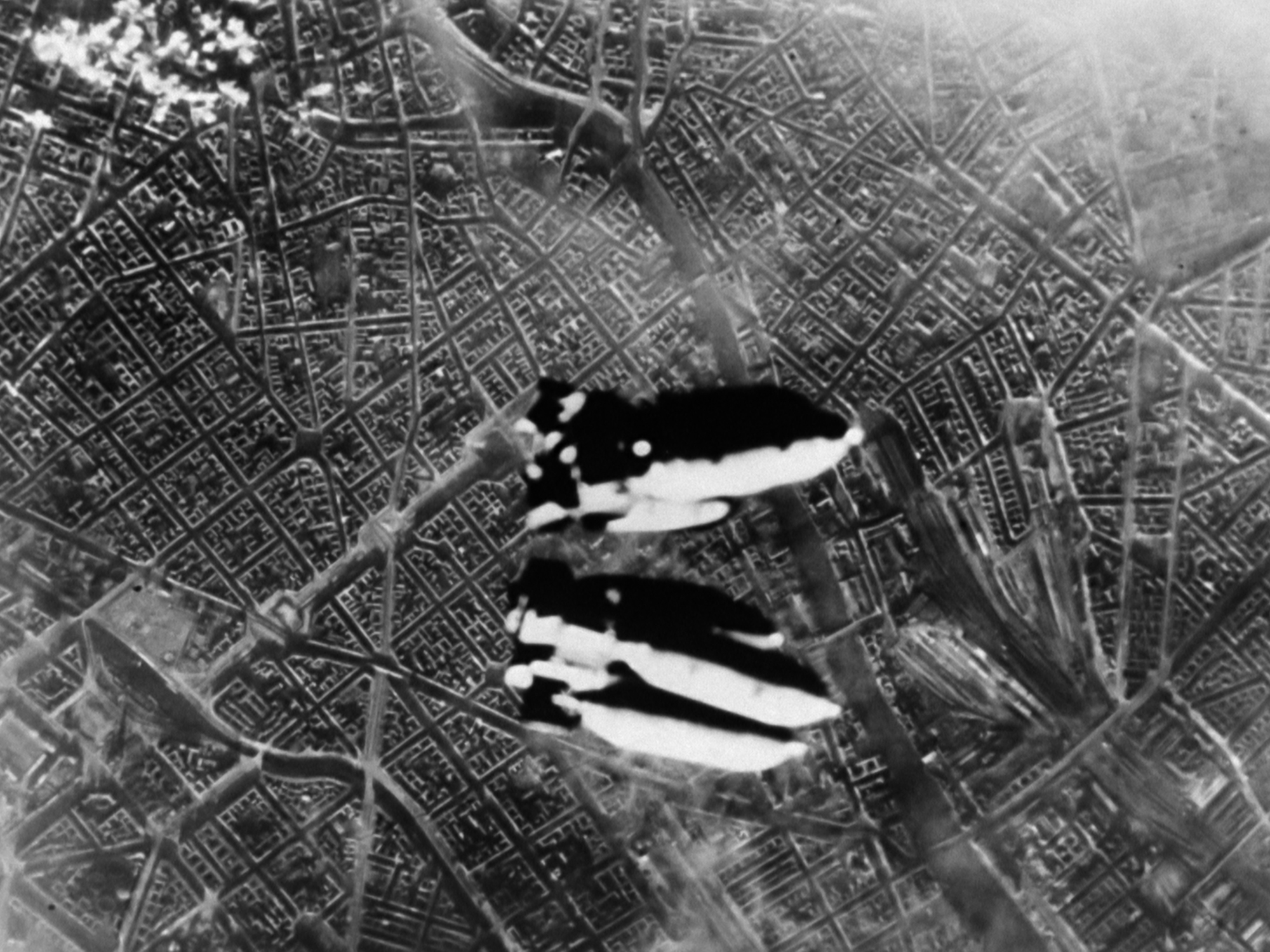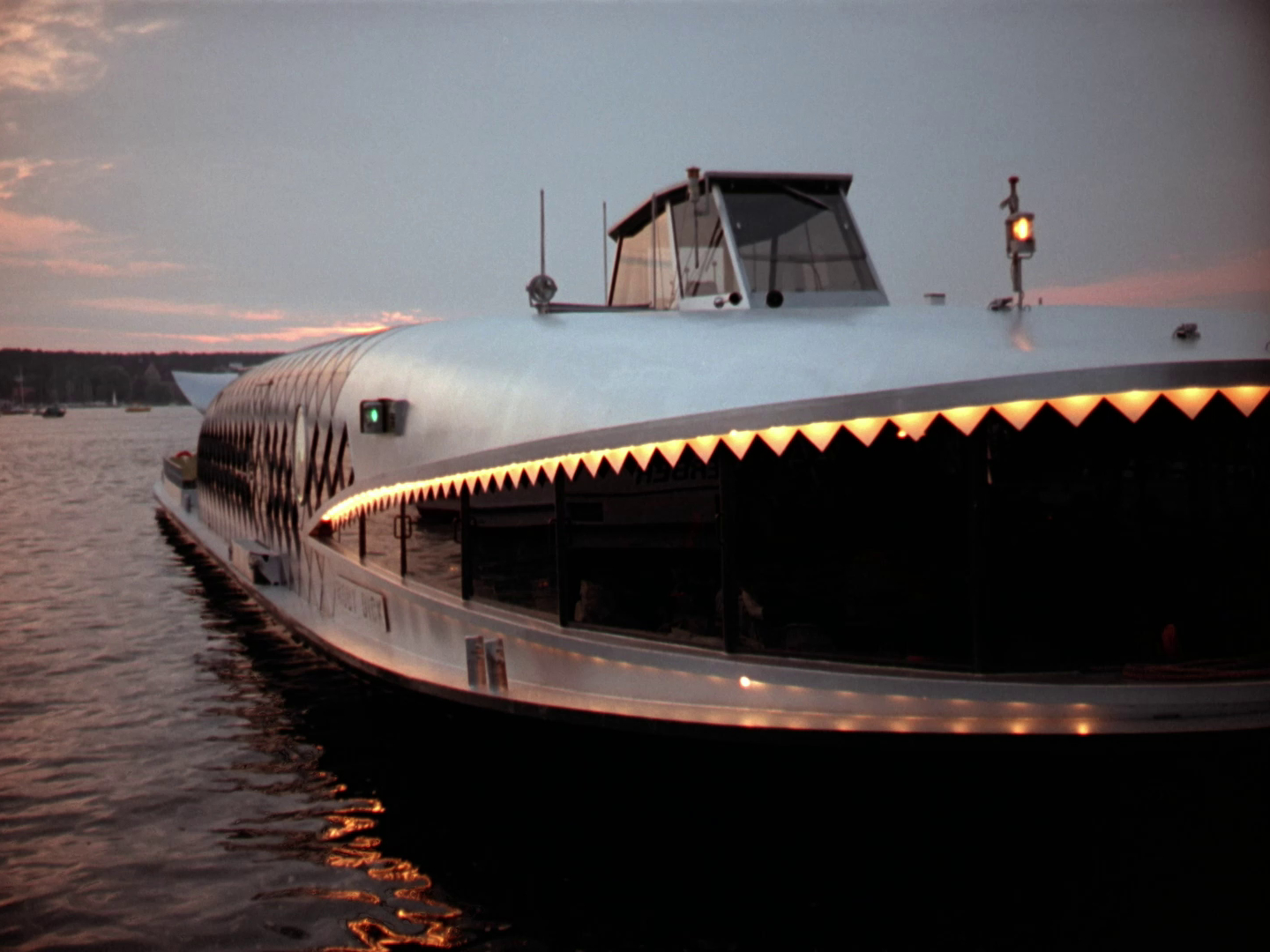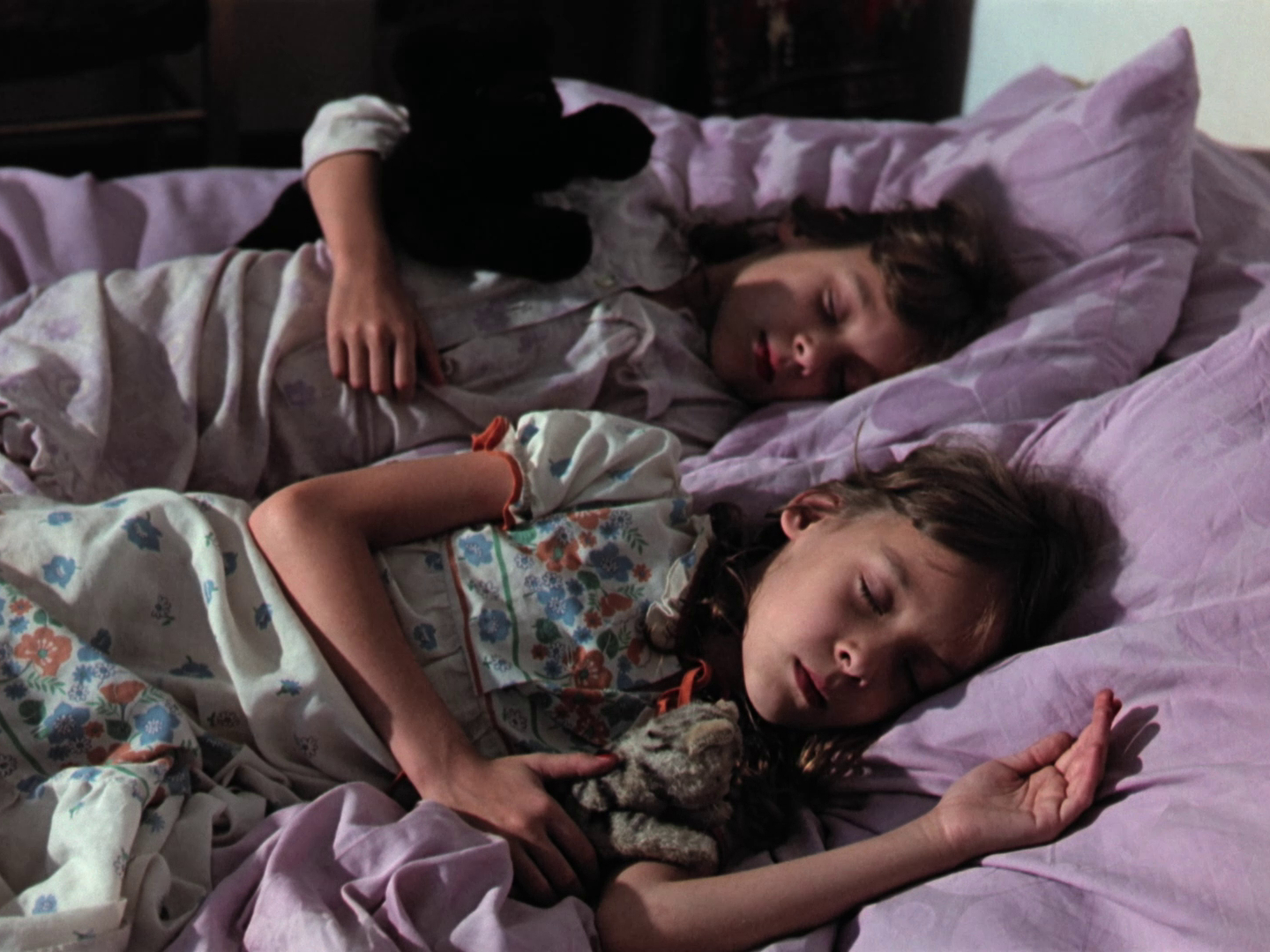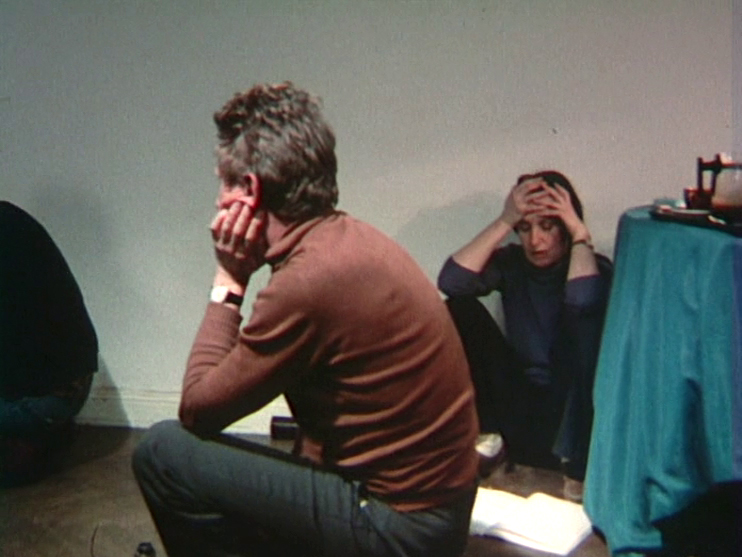Harun Farocki
Harun Farocki (1944–2014), born Harun El Usman Faroqhi to a German-Indian family, was a filmmaker, author, and educator. He studied at the Deutsche Film- und Fernsehakademie in Berlin between 1966 and 1968. In the following decade, he began his career as an editor at the film magazine Filmkritik, a position he held from 1974 to 1984. Between 1993 and 1999, he taught at the University of California, Berkeley, and later at the Akademie der bildenden Künste Wien. Farocki began making films in the late 1960s amid a highly politicized cultural milieu. Over the course of his career, he produced numerous radio broadcasts, video installations, and more than a hundred films, many of which were made for television. He is best known for essay films such as Zum Vergleich [In Comparison] (2009), Ich glaubte Gefangene zu sehen [I Thought I Was Seeing Convicts] (2004), Auge/Maschine I–III [Eye/Machine I–III] (2001–2003), Arbeiter verlassen die Fabrik [Workers Leaving the Factory] (1995), Bilder der Welt und Inschrift des Krieges [Images of the World and the Inscription of War] (1989), and Nicht löschbares Feuer [The Inextinguishable Fire] (1969). Many of these works are explicitly political, addressing themes such as labor practices and the production of images. His films also frequently explore the relationship between warfare, capitalism, and representation.



